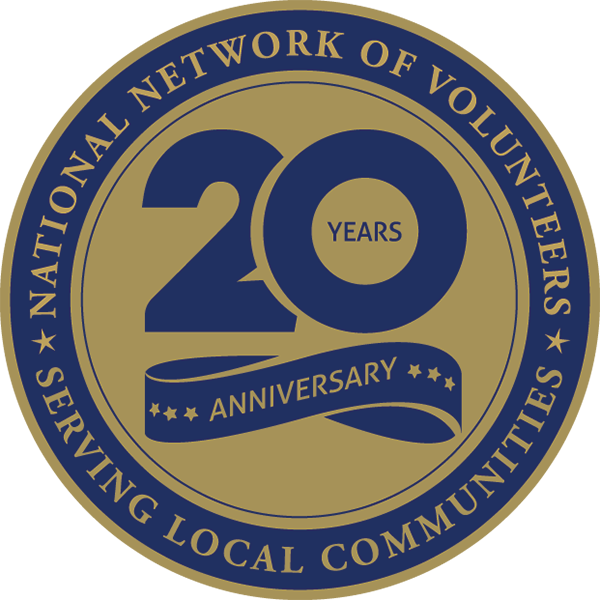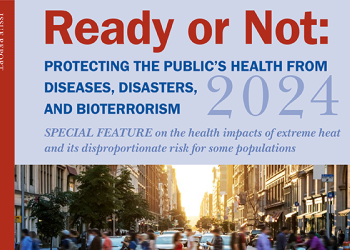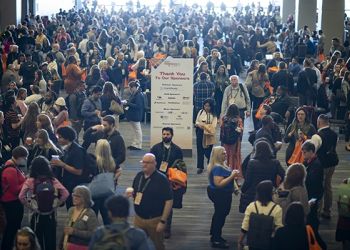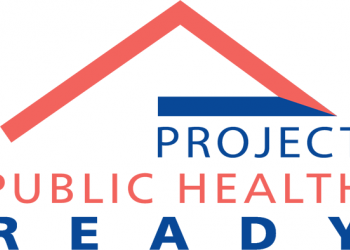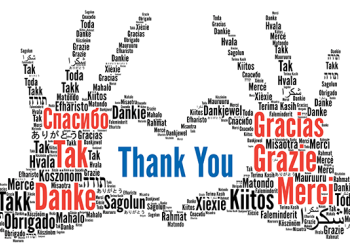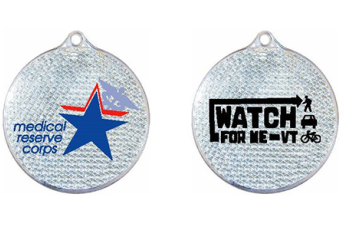After the September 11 terrorist attacks in 2001, President Bush called upon all Americans during his January 2002 State of the Union Address to help others through volunteering. That call would be answered with the formation of the Medical Reserve Corps (MRC) and by community members across the nation. During this, National Preparedness Month, and in celebration of the network’s 20 years of service to the country, we are sharing stories from those with the network since its early years and those who are part of its growth today.
Jennifer Frenette, Regional Liaison – New England, U.S. Department of Health and Human Services Region I
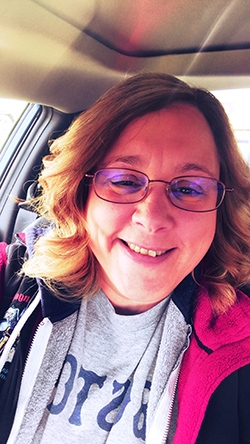
Like many, Jennifer Frenette, MRC Regional Liaison for Region I, first heard about the Medical Reserve Corps through word of mouth. After the September 11 terrorist attacks in 2001, a friend saw a notice in the federal register about the funding opportunity that would launch the first 42 MRC pilot sites. At the time, Frenette was working for a health consortium connected to four hospitals. While her organization did not apply to house a unit in the first year, it did apply in 2003 when the request for applications was re-issued. The application was accepted and Frenette would go on to lead the first MRC unit in Northern New Hampshire.
As she worked to establish her MRC locally, Frenette began connecting with the other units established in New England and with the MRC’s regional and national leadership. It was again through word of mouth that she learned that the national MRC program was looking to establish Regional Coordinators. Frenette applied and began her role as one of the original 10 Regional Coordinators in January of 2005. It was through this group coming together and briefing each other on their regions on how they were doing and progressing that Frenette said “we started to get a sense of what the program could be.”
She describes those early years of the program as “very formative.” While the MRC’s role was primarily outreach and education at the start, within her first two years as a Regional Coordinator, units started getting into programming through things like H1N1 vaccination. The program established the Factors for Success and a new website to house such materials. As soon as the capacity was built, units began reporting their activities to the national program office.
“In the early days, we established a structure that we still can use today,” said Frenette. “We established relationships and priorities. That connection with our people continues.”
Frenette characterizes the middle years of the program as “sustaining” as leaders looked to grow the program into new communities, convince towns and communities of the value of the MRC, and find opportunities to sustain unit funding.
“Figuring out the calculator to put a dollar amount on how much is saved through MRC volunteers really helped,” said Frenette.
As she marks her 19th year with the MRC, Frenette describes her role as “sustaining” as she helps leaders maintain success for their units locally. She hosts monthly virtual meetings for those in her region, new leader training, and provides technical assistance annually.
The most rewarding aspect of her role has been the relationships and friendships built over time.
“MRC is really good people that are there to do good work,” said Frenette. “Their solid relationships really show the spirit of volunteerism as they dig deep to serve the community every day. The creativity of units and leaders is amazing.”
In thinking about the resources she passes along to the units in her region and those available nationally, Frenette wishes that more people took advantage of the tools on the MRC website including mental health resources, webinars, opportunities to share at the local level, FEMA connections and resources, and the NACCHO toolbox.
In looking back at the past two years of COVID-19 response and the future of the network, Frenette sees that COVID-19 gave many units confidence that they can respond—“it took away that fear piece.”
She hopes that, going forward, “the network will be able to take the resources available, the value of program, the response piece, and our training capacity to show what we did and keep going.”
“My hope for the future is that the program is recognized for its true value by leaders at all levels—local, state, and federal partners,” said Frenette. “The groundswell of volunteers grows every day.”
Snapshots from Early MRC Units
Peoria County MRC
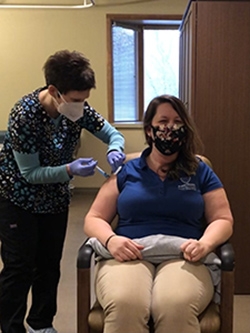
Founded in 2002, the Peoria County MRC serves Peoria County, IL, which includes a mix of urban and rural communities. The unit is housed under the Peoria City/County Health Department and has 236 volunteers, of which about 70 are currently active. A majority of those are non-medical volunteers. In recent years the unit has provided education at community clinics and assisted with large-scale vaccinations as well as those held at smaller community clinics and church events. They’ve also assisted with testing at shelters.
The unit’s volunteer recruitment methods include partnership with United Way, information sharing in the county newsletter, and organic Facebook promotion.
“We try to make it as simple as possible to join,” said Unit Leader Jill Stowe.
The unit is looking to do more trainings with its volunteers and has recently done CPR and First Aid courses with them. In addition, they do email drills and call down drills.
Stowe’s advice to other unit leaders is to listen to volunteer concerns and keep them engaged—“communications with your volunteers is key.”
“We have some awesome volunteers,” said Stowe. “They’ve stepped up. I can’t say enough how amazing they’ve been.”
Bergen County MRC
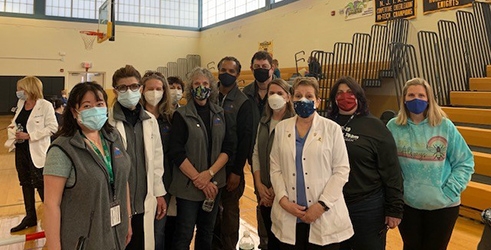
The Bergen County MRC in New Jersey serves a county that includes 70 towns and well over 1 million people located 17 minutes from New York City. Its 238 volunteers are a “beautiful mix from the community,” said Dawn Wilkes-Bright and includes doctors, veterinarians, nurses, LPNs, phlebotomists, and dentists.
As unit #9, it was one of the first formed in the country. Volunteers have provided shelter assistance for medical needs during Hurricane Sandy, education during Hurricane Ida and the SARS outbreak, and flu vaccinations. During the COVID-19 response, they supported drive-thru PODs, worked with FEMA, and supported children’s vaccination clinics doing “anything you asked them to do.” As monkeypox emerged, volunteers were already asking to help before the request was made.
To help keep volunteers engaged, the unit holds monthly trainings year-round except for July and August. Trainings are geared toward topics needed and have covered bloodborne pathogens, CPR, Narcan, tourniquets, mental health (including taking care of yourself) and, respiratory illness. Each December the unit hosts an appreciation dinner.
In offering advice to other unit leaders, Wilkes-Bright advises to “Keep pushing and keep your MRC active. Always appreciate and acknowledge them. We have a wonderful team here and a wonderful system.”
Snapshots from New MRC Units
Lord Fairfax MRC
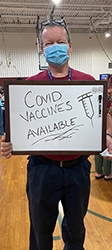
Located in Winchester, VA, the Lord Fairfax MRC serves the counties of Clarke, Frederick, Page, Shenandoah, and Warren. The unit, housed under the Lord Fairfax Health District, was recognized in early 2022 and has about 266 volunteers across its whole district.
“During COVID, there were a lot of people interested in helping out and supporting PODs,” said Unit Leader Kelly Tarmon. “It was the kickstart for the unit.”
In this first year of service, the unit has done a back-to-school vaccination clinic, fit testing, COVID vaccination, education about the WIC program, and the first distributions of monkeypox vaccine locally. With the need to support PODs waning, the unit is finding ways to continue to engage its volunteers. The unit is interested in getting its volunteers involved with vaccination clinics at community events, health education, office work, and supporting active shooter exercises.
Sullivan County MRC
September 30 will mark the one-year anniversary for the Sullivan County MRC in New York. The unit’s formation was sparked by the pandemic and the unit’s volunteers have assisted with multiple clinics and large PODs. The unit currently has 317 volunteers from the mid-Hudson region including practicing and retired medial staff, people from the community, and health science students from the community college.
“We’ve vaccinated 15,000 people,” Unit Leader Shannon Hornbeck. “Without the volunteers, this would not have been possible.”
The unit is part of a partial service health department and used Operational Readiness Award funding to host trainings and purchase supplies. The community it serves includes several factories at which the unit has provided vaccinations, giving volunteers an opportunity to interact with the community. Polio was recently discovered in the community’s wastewater and the unit is looking to reach out to underserved communities to ensure they’re vaccinated.
Among its volunteer recruitment strategies, the unit runs paid radio advertisements. The local radio station it advertises with has a program that matches the unit’s radio spending, allowing it to double its reach.
Looking ahead, the unit will continue to do COVID vaccination and is beginning to assist with monkeypox vaccination.
“This is fulfilling,” said Hornbeck. “You never know who you can help.
See a video from MRC leaders past and present in celebration of the 20th anniversary.
